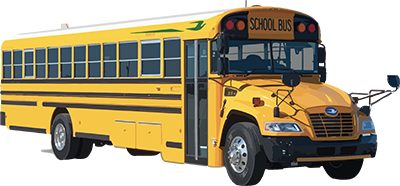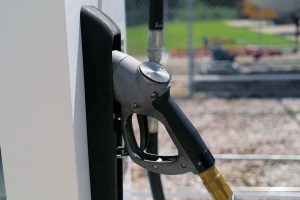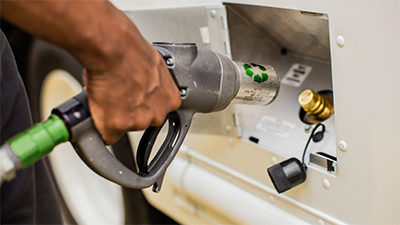What Could Have Been
Awardees for the Clean School Bus Program were announced last week. Nearly $1 billion in rebates will go toward replacing diesel vehicles with cleaner alternatives. I am a big supporter of EV but I believe we missed the mark.
Why? Nearly all of the $1 billion will go toward 2,350 electric school buses. As a stark contrast, there will only be 109 low-emission school buses powered by propane and compressed natural gas.
With a sum as large as $1 billion, the program could have made a much bigger dent in replacing older, high-emitting diesel buses. If the goal is to get as many dirty diesel buses off the roads as possible, did we actually do that with this round of funding? The answer is clearly no.
In fact, with the $1 billion funding program specifications, we could have put as many as 29,000 propane school buses at bus stops across the country, which would cover almost all of the school buses replaced on an annual basis. Propane buses cost a third as much as the electric buses, and they don’t require extensive and expensive infrastructure related to charging stations, electrical service upgrades and system overhauls.
Plus, propane buses have a range of 400 miles on a single fueling, which is hundreds of miles more than electric buses. And, propane buses make much more sense for rural and semi-rural areas where the electrical grid cannot support the infrastructure needed to power and sustain electric school buses.
The Propane Education & Research Council estimates that replacing 29,000 diesel buses with propane buses would reduce nitrogen oxide emissions by 7,846 metric tons per year and carbon dioxide emissions by a whopping 155,472 metric tons per year. Replacing 2,350 diesel buses with electric buses will reduce nitrogen oxide emissions by just 665 metric tons per year and reduce carbon dioxide emissions by only 36,870 metric tons per year, considering the average emissions output of the U.S. electrical grid. In addition, those 29,000 propane school buses would save districts almost $131 million in fuel costs annually and $1.6 billion over their entire lifecycle.
ROUSH CleanTech’s propane engine is 90% cleaner than national emissions requirements and achieves 2027 proposed standards on nitrogen oxide. School buses with our propane fuel system emit fewer greenhouse gases, smog-producing hydrocarbons and nitrogen oxides, and virtually eliminate particulate emissions.
The bottom line? ROUSH CleanTech’s propane autogas engines have the lowest nitrogen oxide levels of any school bus engine on the market, including those powered by the electric grid.
The Clean School Bus Program will provide another $4 billion to replace existing diesel buses with cleaner alternatives over the next four years. As we progress through the balance of the Clean School Bus Program, perhaps there is a better way to distribute those dollars in an effort to drive in both emissions reductions AND significant cost savings.
For more information about why propane autogas makes the most sense for U.S schools, visit ROUSHcleantech.com, or reach out to us to start a conversation.
Here’s to creating a greener future together!













